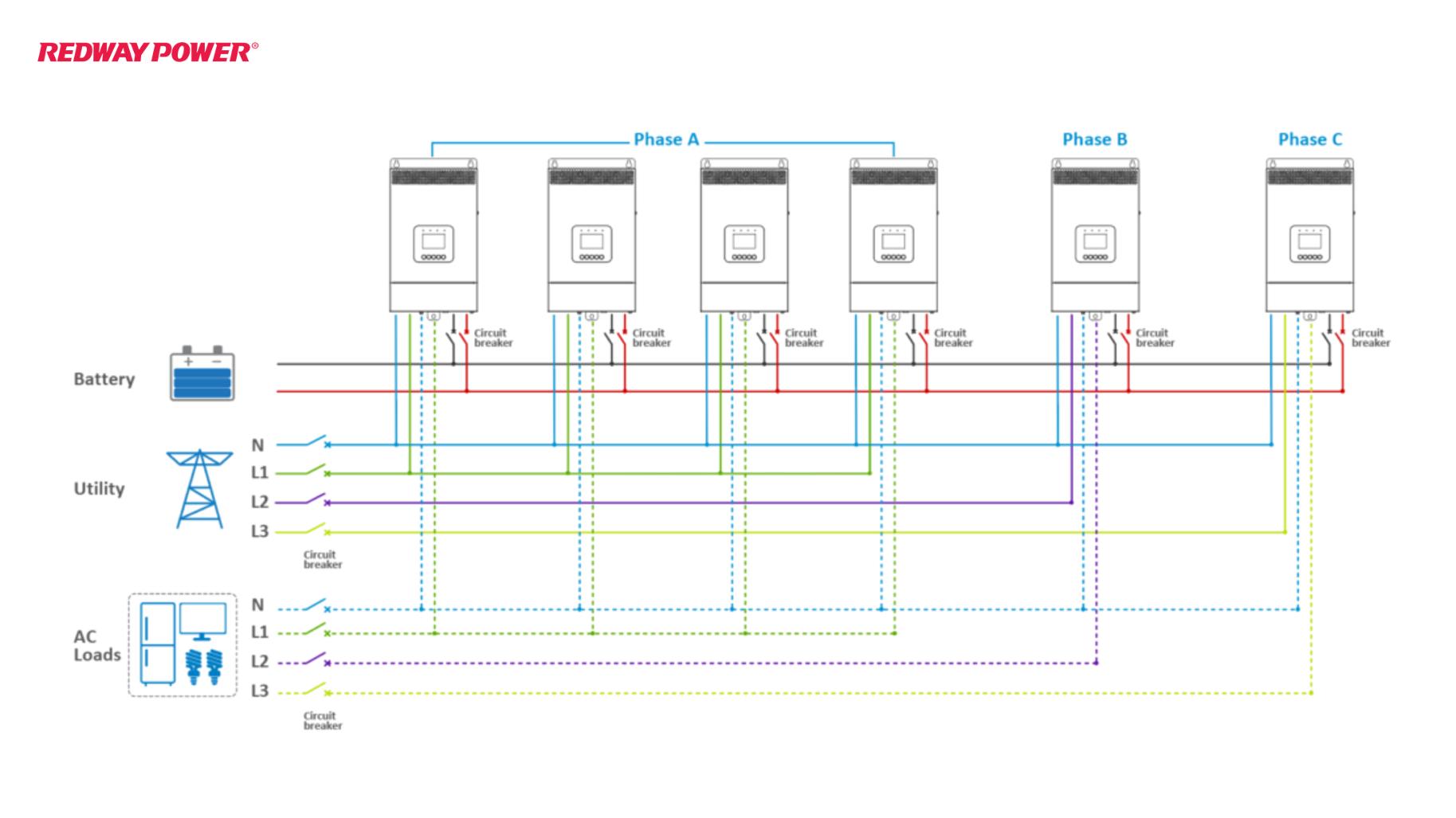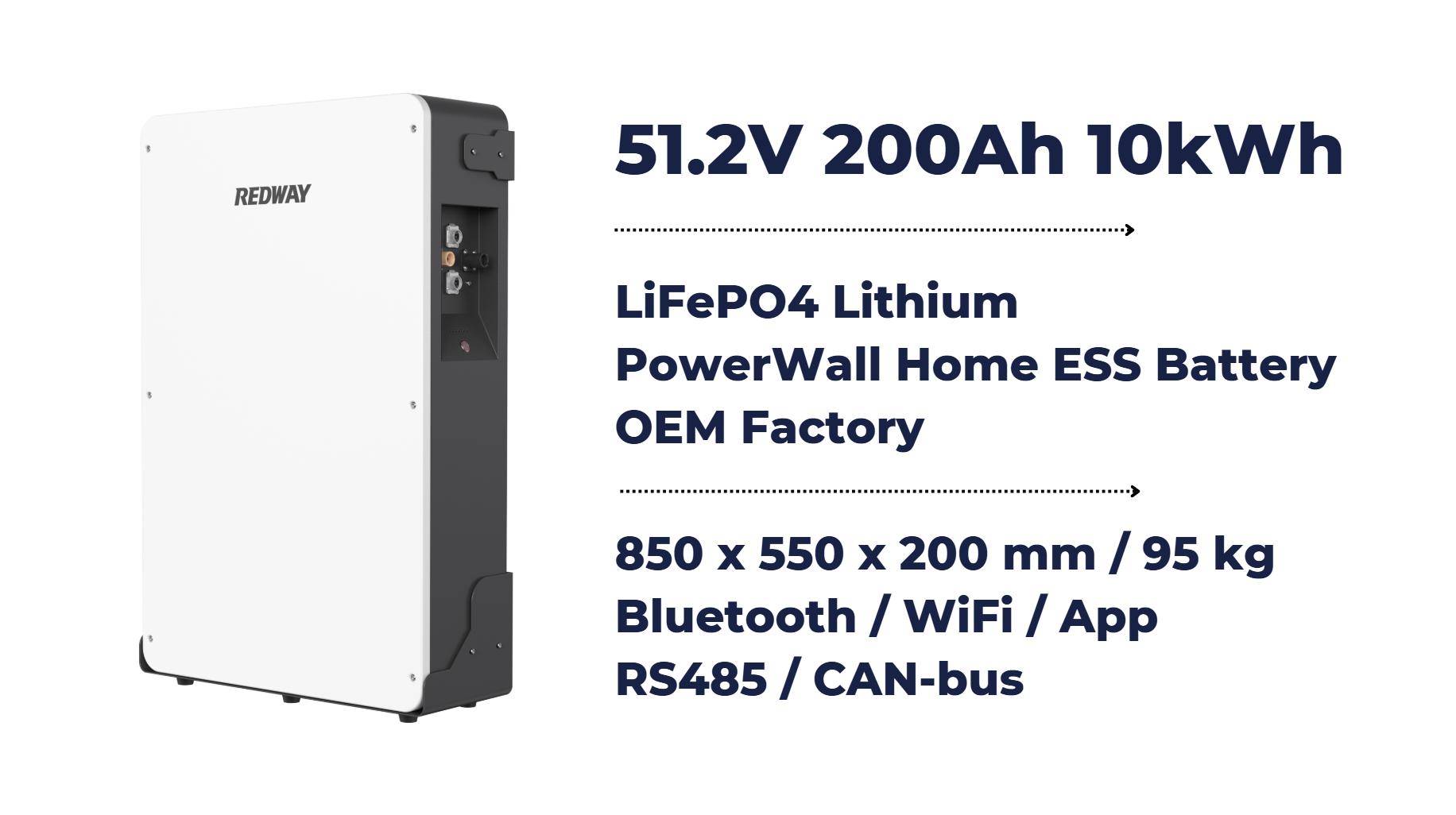Connecting two inverters in parallel can significantly increase your power output, making it a popular choice for solar energy systems and backup power solutions. This method allows multiple inverters to work together, sharing the load and enhancing system reliability. Understanding how to properly connect inverters in parallel is essential for optimal performance.
Prerequisites for Connecting Inverters
Equipment and Tools Needed
Before starting the connection process, ensure you have the following equipment:
Wholesale lithium golf cart batteries with 10-year life? Check here.
| Item | Purpose |
|---|---|
| Compatible Inverters | Must support parallel operation |
| DC and AC cables | For connecting inputs and outputs |
| Tools (screwdriver, etc.) | For securing connections |
| Multimeter | To check voltage and connections |
Compatibility Considerations
Not all inverters are designed for parallel connections. Verify that both inverters are compatible by checking the manufacturer’s specifications. Look for features such as:
Want OEM lithium forklift batteries at wholesale prices? Check here.
| Feature | Importance |
|---|---|
| Same Model | Ensures similar performance characteristics |
| Firmware Version | Must be identical for proper synchronization |
| Voltage Rating | Should match to avoid damage |
Step-by-Step Connection Process
Preparing the Installation Site
Ensure that your installation site has adequate space and ventilation. Proper airflow is vital to prevent overheating, especially when multiple inverters are operating simultaneously.
- Space Requirements: Allow sufficient clearance around each inverter.
- Wiring Infrastructure: Use appropriate gauge wiring to handle combined electrical output.
Connecting the DC Inputs
- Solar Panels Connection: Connect the DC outputs from your solar panels to both inverters.
- Positive and Negative Connections: Ensure that positive terminals connect to positive terminals and negative terminals connect to negative terminals on each inverter.
Wiring the AC Outputs
- Common AC Bus: Connect the AC outputs of both inverters to a common AC bus or distribution panel.
- Safety Precautions: Ensure all connections are secure and insulated to prevent short circuits.
Configuring the Inverters for Parallel Operation
- Access Settings: Use the inverter display or app to access configuration settings.
- Set Parallel Mode: Change settings on both inverters to enable parallel operation, ensuring they are synchronized.
- Test Functionality: After setup, power on both inverters and check for proper operation.
Monitoring and Maintenance Tips
Regular monitoring is crucial for maintaining optimal performance:
- Check Voltage Levels: Use a multimeter to ensure voltage levels are consistent across both inverters.
- Inspect Connections: Regularly inspect all wiring and connections for wear or damage.
- Software Updates: Keep inverter firmware updated for improved functionality and security.
Common Mistakes to Avoid
When connecting inverters in parallel, be mindful of these common pitfalls:
| Mistake | Consequence |
|---|---|
| Using incompatible models | Risk of failure or damage |
| Incorrect wiring | Potential short circuits |
| Neglecting firmware updates | Loss of synchronization |
Latest News in Inverter Technology
Recent advancements in inverter technology focus on improving efficiency, reducing costs, and enhancing compatibility with renewable energy sources like solar panels. Innovations include smart inverter features that allow better monitoring and control of energy production, making it easier for users to manage their systems effectively.
Redway Expert Comment
Connecting two inverters in parallel can greatly enhance your energy system’s performance, but it’s crucial to follow proper guidelines and ensure compatibility between units. Always consult manufacturer documentation before proceeding with installations.” – Renewable Energy Specialist
Frequently Asked Questions (FAQs)
Can any inverter be connected in parallel?
No, only compatible models specifically designed for parallel operation can be connected together.
What happens if I connect incompatible inverters?
Connecting incompatible inverters can result in system failure, damage to equipment, or safety hazards.
How do I know if my inverter supports parallel connections?
Check the manufacturer’s specifications or user manual for details on parallel operation capabilities.
Do I need special tools to connect two inverters?
Basic tools like screwdrivers and multimeters are usually sufficient; however, specific installations may require additional equipment depending on your setup.
Know more:
2 solar inverters in parallel
how to connect 2 inverters in parallel
connecting inverters in parallel







